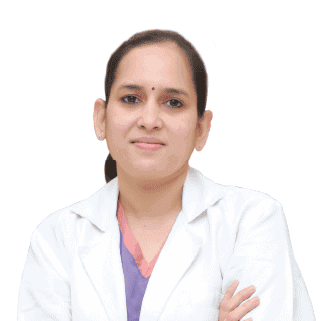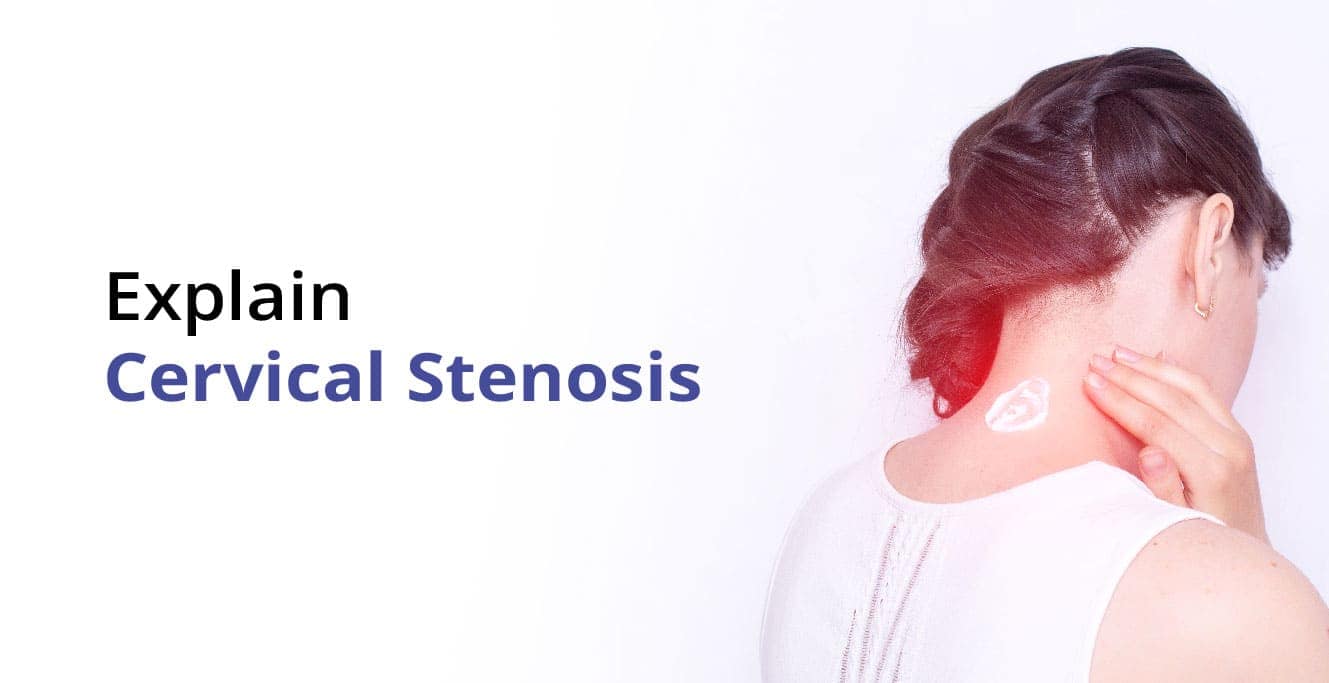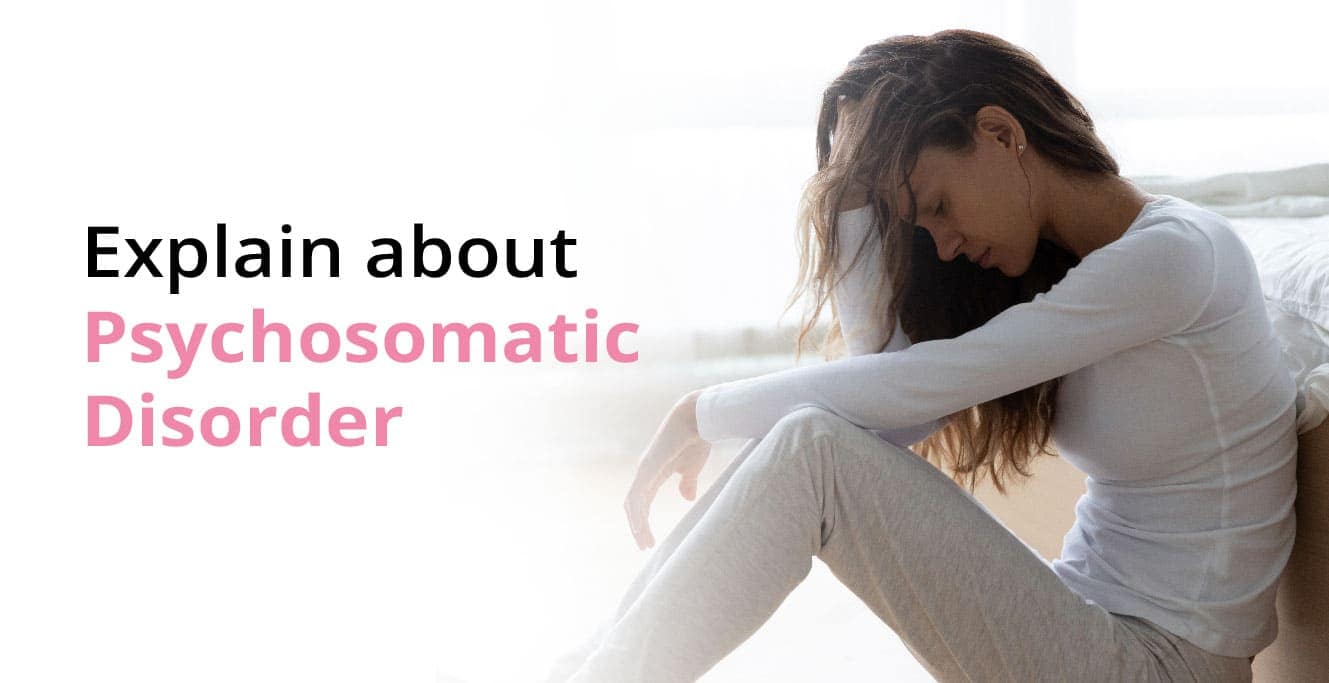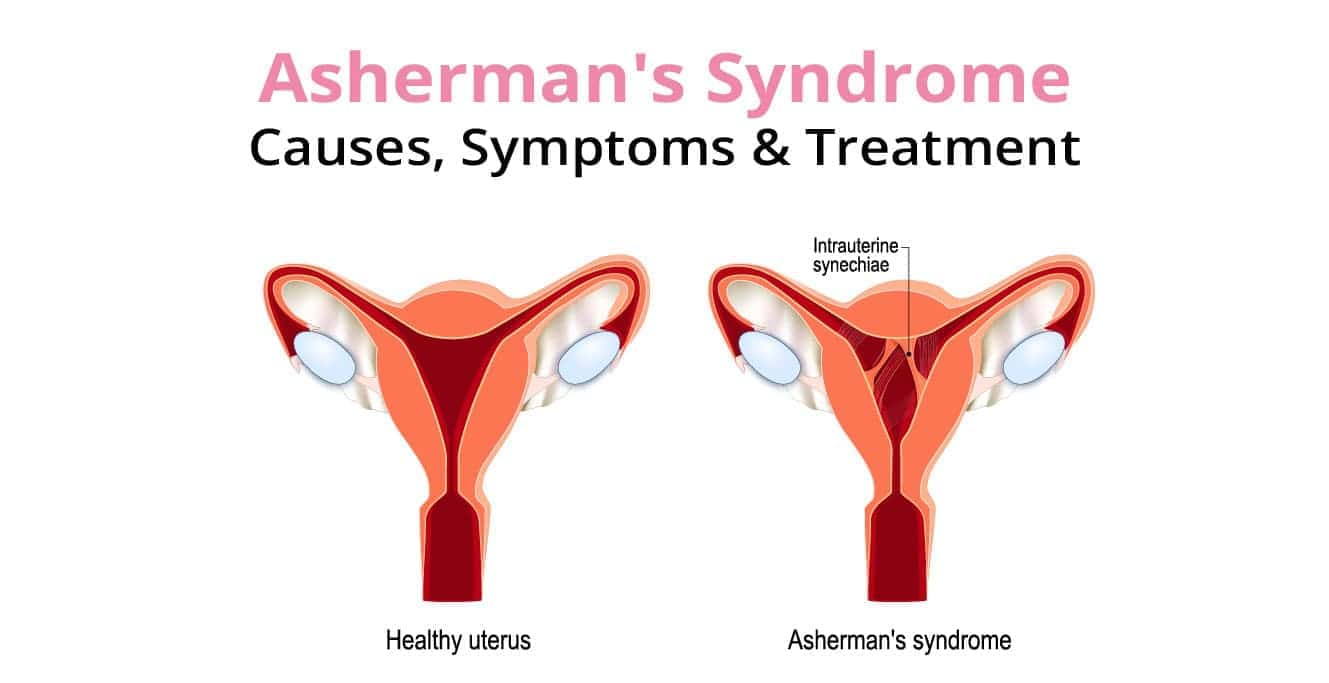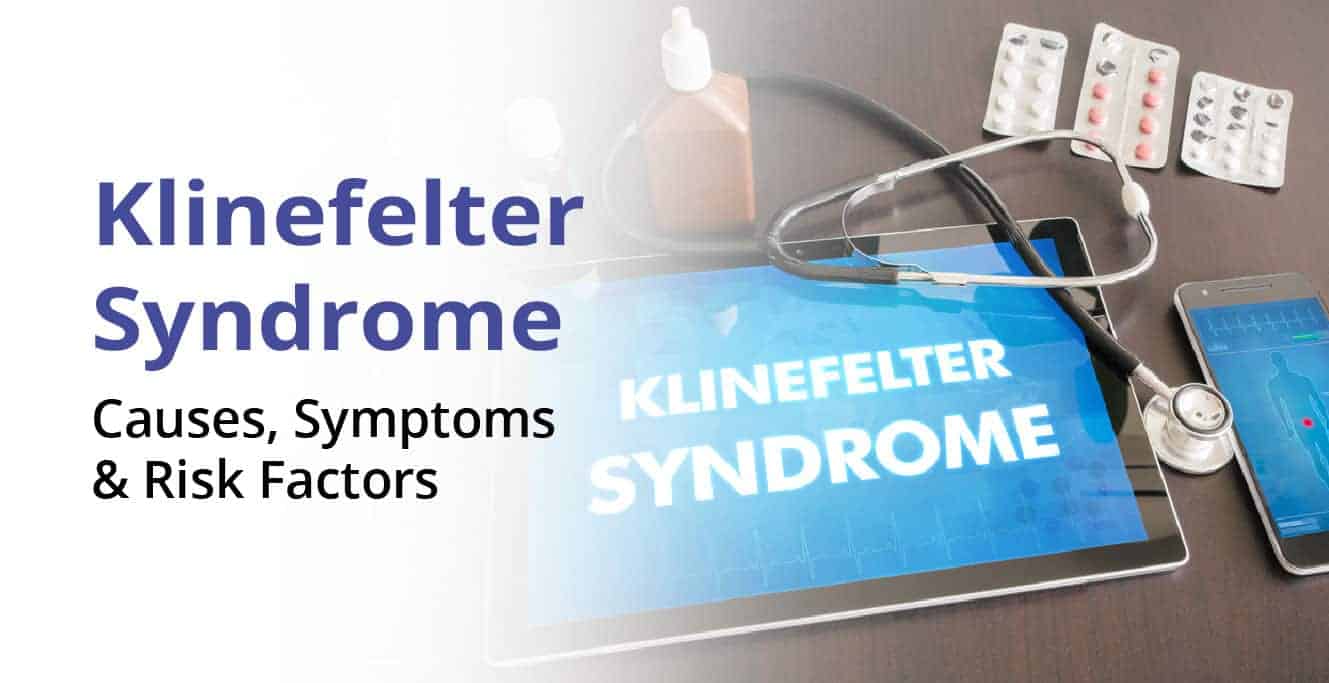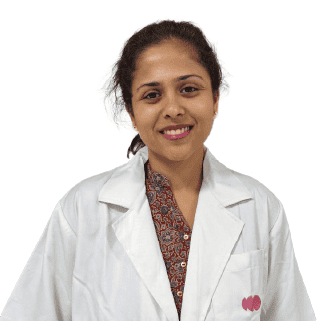Cervical stenosis is a condition that mostly affects adults over age 50. In this condition, the space between the canals of the spine becomes increasingly narrow. This can put a lot of pressure and strain on the spinal cord and nerves as they travel through the spine.
Cervical stenosis often occurs in cases where people already have some degree of spinal column instability, mainly in the neck.
Cervical stenosis develops slowly over the course of many years. It can be caused by osteoarthritis or other natural changes to your spine as you age.
For some people, cervical stenosis is asymptomatic. Others might feel pain, numbness and muscle weakness that can worsen over time.
Cervical stenosis causes
Spinal bones form a column that runs from the skull down to the tailbone. These bones protect your spinal cord.
The spinal canal is the opening through which the spinal cord passes.
Now, some people have a narrow spinal canal from birth. But, in most cases, cervical stenosis happens, due to any accident or age, when the space between the spinal canal becomes narrow.
The common causes of cervical stenosis include the following:
- Herniated or bulging disks
These disks act as cushions that absorb the shock generated between your spinal bones. But if the inner material of the disk leaks out, then there will be pressure on the spinal cord.
- Bone spurs
People living with arthritis can suffer from wear-and-tear damage, which may lead to bone spurs at the spine. These bone growths can put pressure on the spine and potentially cause more harm in a variety of ways.
Paget’s Disease can also lead to wear-and-tear damage, often causing extra bone growths to form on your spinal cord.
- Thick ligaments
Ligaments connect joints in the backbone, e.g. in the neck or knees, and they can be strained by arthritis as people age. The swelling from arthritis may cause ligaments to thicken and push into the spinal canal space at certain points in the body.
- Congenital spinal stenosis
This is the condition where the person has a narrow spinal canal from birth itself.
- Tumour
Tumours within the spine or between the tissues and spinal cord can limit the space and be a severe cause of pressure on the spinal cord. The growth of tumours inside the spinal canal is a rare condition.
- Physical trauma to the spine
After trauma or surgery, a spinal bone can break or move out as the fluid in nearby tissues swells. This can put pressure on the spinal cord or nerves, leading to pain and making you feel numb and weak.
Cervical stenosis symptoms
Cervical stenosis is a condition which shows no noticeable symptoms initially. If a patient does have any symptoms, they start off slowly and gradually become more intense. Some of the visible cervical stenosis symptoms are:
- Severe pain in the neck
- Numbness
- Experiencing difficulty in walking
- Imbalance while walking or standing
- Losing hand controls such as gripping, writing and such
- Difficulty in controlling the bowel or bladder
Cervical stenosis diagnosis
During the diagnosis of cervical stenosis, your doctor will examine your symptoms and look at your medical history. Physical examination may be conducted to see your strength, balance and stability.
Imaging tests will be done to help the examiners find the source of the problem. These tests include the following:
– X-rays
X-rays are a low-radiation procedure which lets the examiner see what the bone structure is like and any changes to the height of joints or the growth (spurs) of nerves.
– Magnetic resonance imaging (MRI)
An MRI scans the body with a magnetic field and pulses of radio waves to produce detailed images of your soft tissues. It can also expose pain and damage to your disks, ligaments and other areas.
– Computerized tomography (CT)
A CT scan combines X-rays to create cross-sectional images of the spine. Adding contrast dye to a CT myelogram can help identify spinal cord and nerve problems more clearly.
When to see a doctor
Although, for most people, cervical stenosis doesn’t show any symptoms, it is necessary to go for a check-up if you experience pain or discomfort while waking, sleeping or doing any basic tasks.
If you feel pain in your neck, back and spine, then visiting a doctor is recommended.
Cervical stenosis treatment
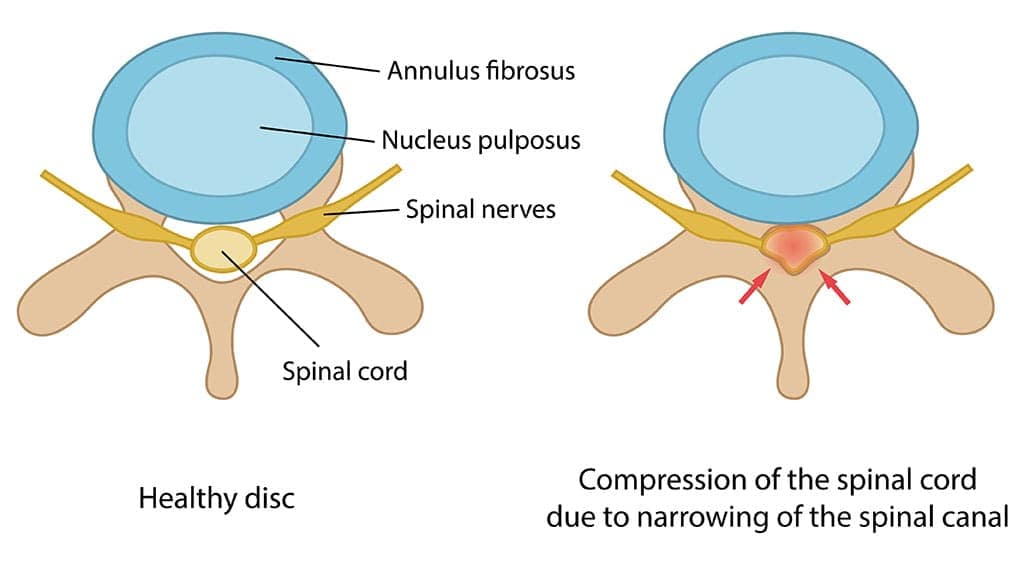
Cervical stenosis treatment includes several choices depending on the type and severity of the symptoms. The common treatments for cervical stenosis are:
Medication
- Nonsteroidal anti-inflammatory drugs (NSAIDs)
If you’re not feeling better after using over-the-counter pain reliever medications, NSAIDs are prescribed.
- Antidepressants
Your doctor might also prescribe antidepressants for nightly doses to get relief from the chronic pain.
- Anti-seizure drugs
Anti-seizure drugs can be used to get relief from pain caused due to the damaging of nerves.
Physical therapy
Physical therapy can help strengthen your spine. It can facilitate maintaining stability and flexibility of the spine.
Physical therapy can also increase your overall balance.
Surgery
Surgery is another option to increase the space between the canals of the spine. These surgeries include:
- Laminoplasty
A laminoplasty is a type of surgery that improves the space within the spinal canal by making a hinge on bones and allowing them to move relative to one another. Steel brackets are used to link the gap in the opened section of the spine.
- Laminectomy
Laminectomy helps in relieving the pressure on the spine by removing the lamina from the affected part of the spine. However, in some cases, you may need to add metal hardware and a bone graft towards the spine to reconnect it.
- Laminotomy
Laminotomy targets the lamina and removes only a part of it. It is done by making an incision in order to relieve the pressure from the targeted spot.
Conclusion
Cervical stenosis is a condition that develops slowly over time. This happens due to a decrease in the gap between the spinal canals. It is most common among adults above sixty years of age. In some cases, people have a narrow spinal canal from birth itself, but in most cases, cervical stenosis happens due to any accident or because of ageing.
Common causes of cervical stenosis include bulging disks, thick ligaments, bone spurs etc. Cervical stenosis symptoms include severe pain in the neck, imbalance while walking or standing, difficulty in controlling the bowel or bladder etc.
Treatments should be done as soon as possible whenever the symptoms arise. To know more regarding this issue, visit BFI or book an appointment with Dr. Shobhna.
FAQs:
1. What activities should be avoided with cervical stenosis?
Activities such as walking or running for long distances, intensive back exercises or resting too long on hard mattresses should be avoided.
2. What happens when cervical stenosis is left untreated?
If cervical stenosis is left untreated for too long, it will cause severe pain and discomfort, and in extreme cases, it may lead to paralysis.

